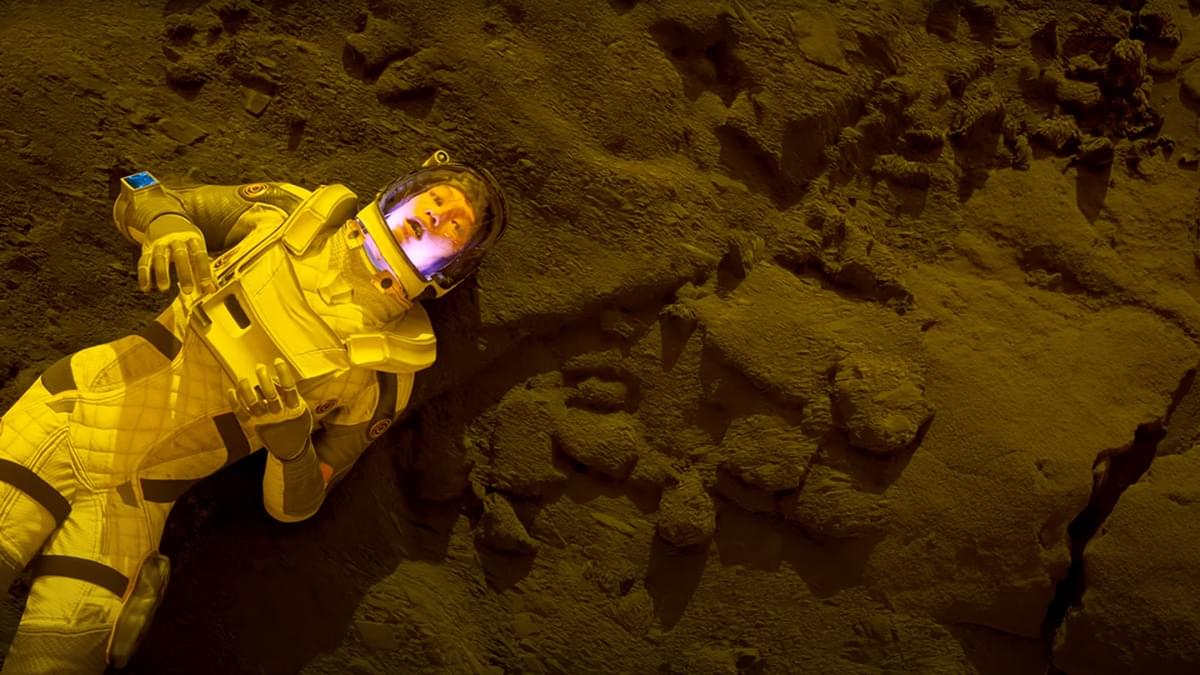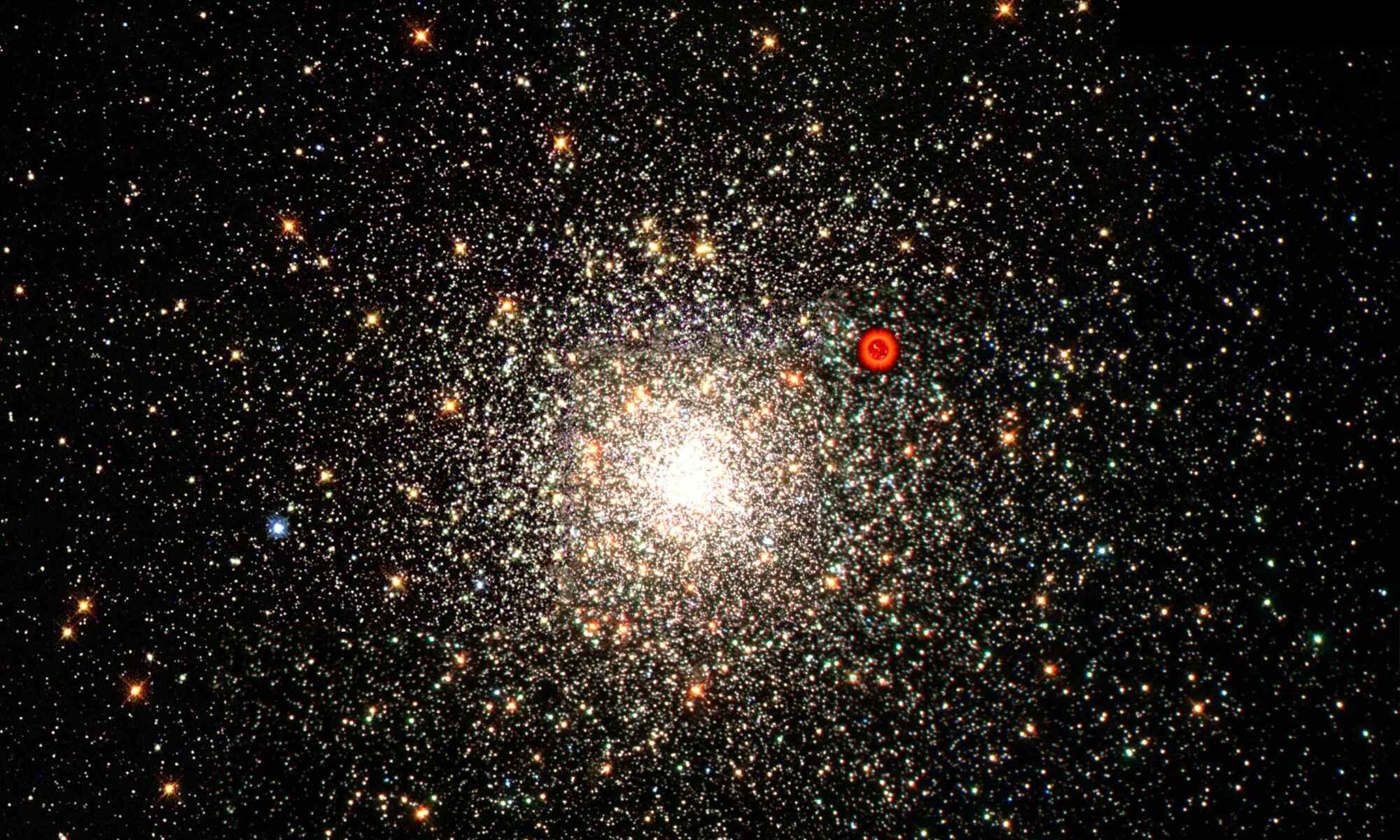The Gaia mission, launched by the European Space Agency.
The European Space Agency (ESA) is an intergovernmental organization dedicated to the exploration of space, established in 1975. Composed of 22 member states, ESA conducts a broad range of missions focused on Earth observation, human spaceflight, scientific exploration of the solar system, and the development of related technologies and infrastructure. It collaborates extensively with other space agencies around the world, such as NASA, to undertake significant joint missions, including the International Space Station (ISS) and the Hubble Space Telescope. ESA also plays a crucial role in developing satellite-based technologies and services that benefit Europe and the world, including telecommunications, navigation, and environmental monitoring.


